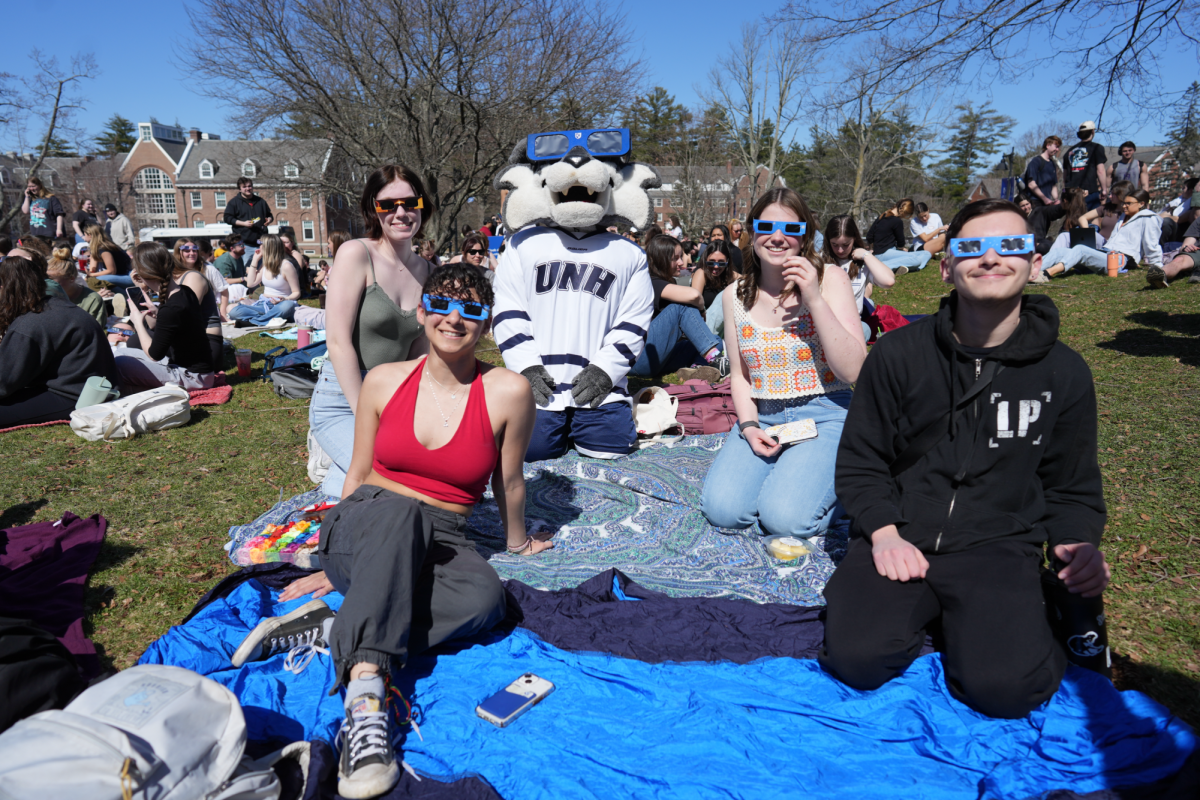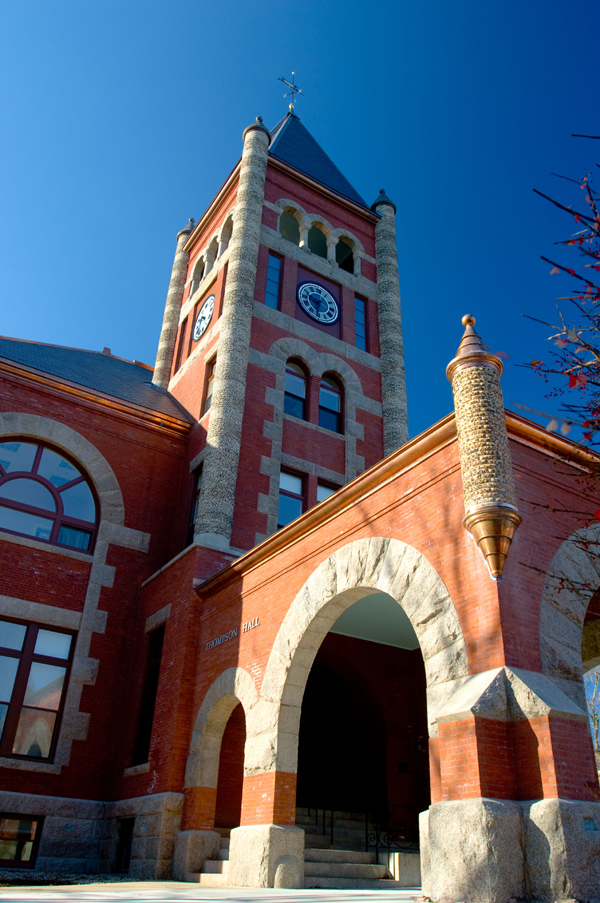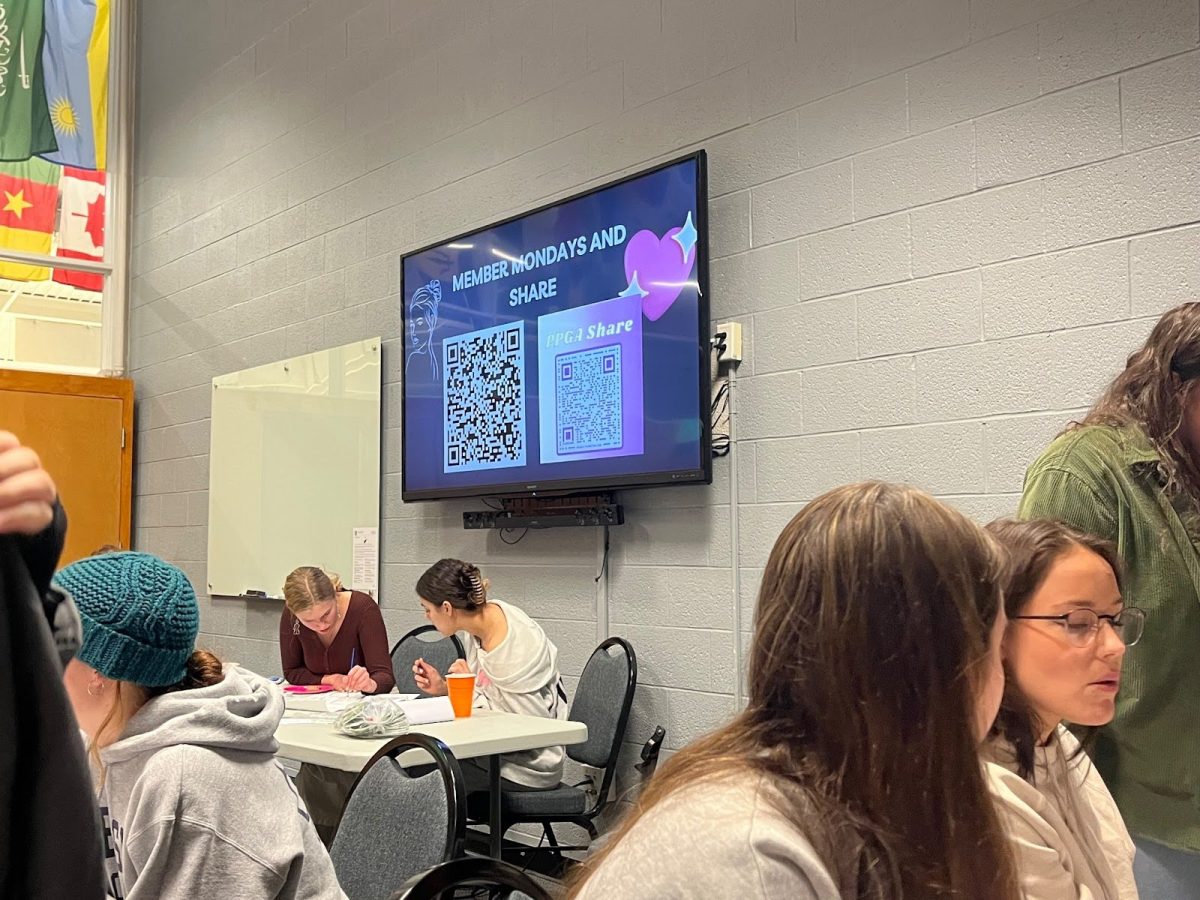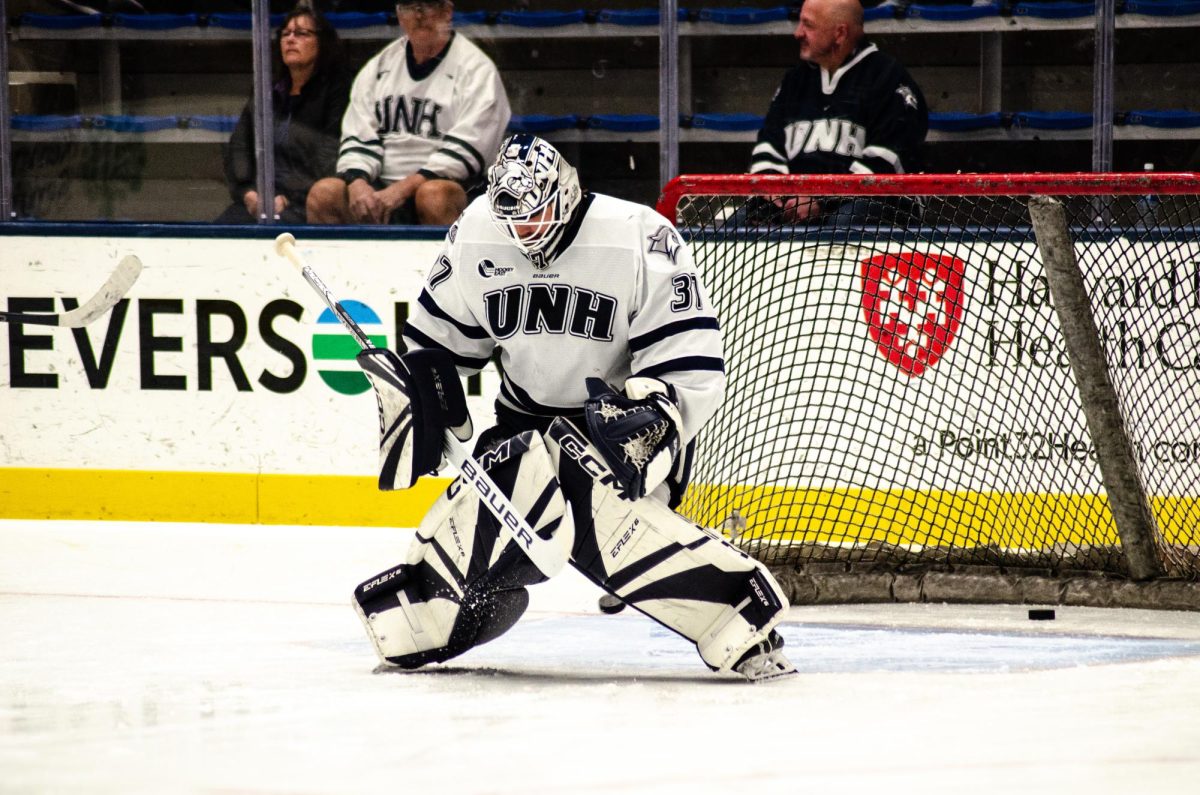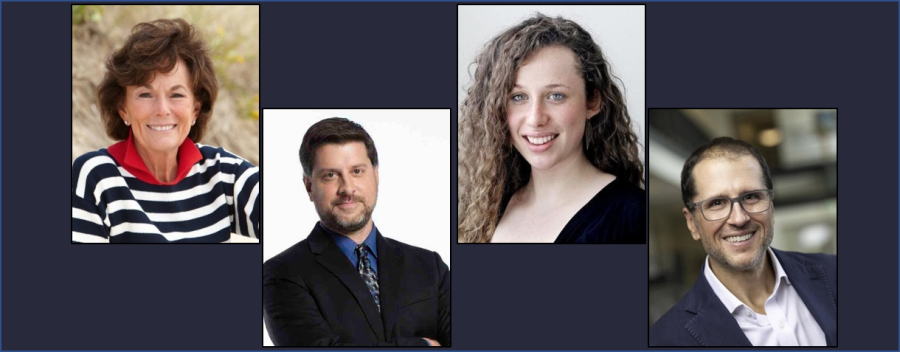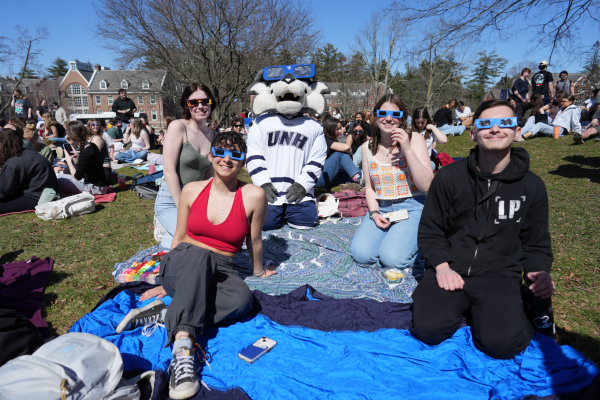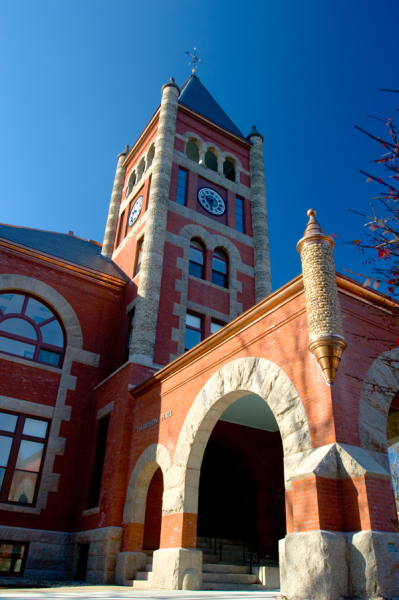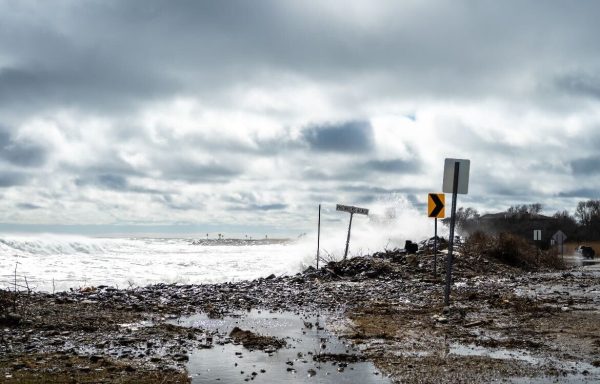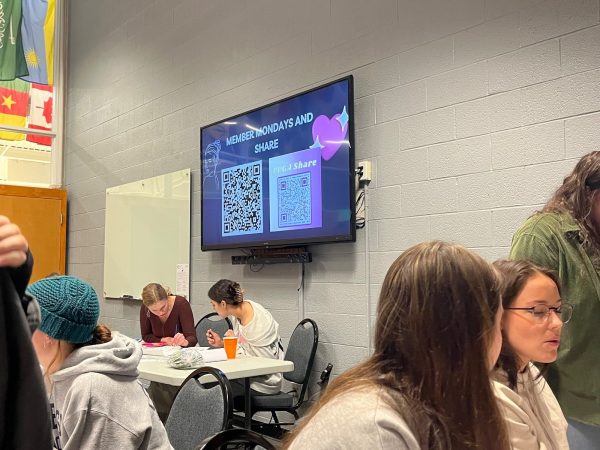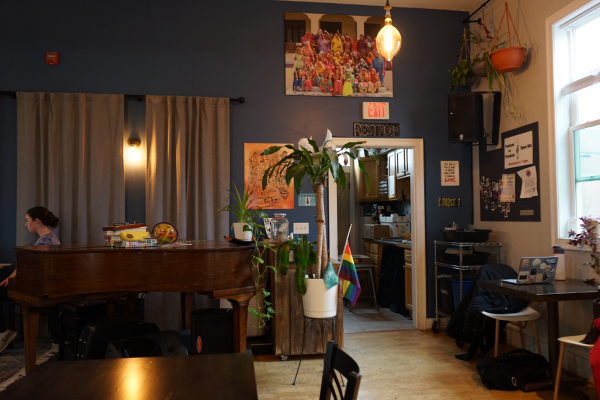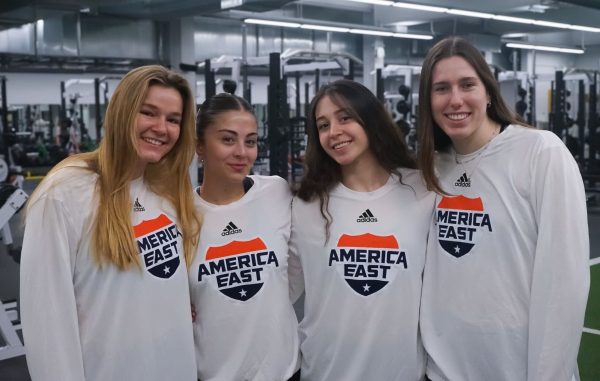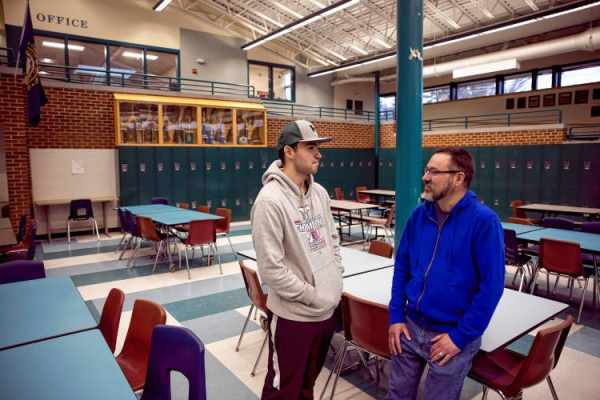UNH alums discuss journalism, truth and disinformation
December 9, 2020
In an effort to bring awareness to the evolution of news, the presence of disinformation and the importance of truth and transparency in journalism, UNH Alumni Relations hosted “Journalism and Truth in the Age of Disinformation.”
The virtual event, held on Thursday, Dec. 3, included panelists Ella Nilsen, congressional correspondent at Vox, Marc Fortier, digital director at NBC10 Boston, NECN & Telemundo, and Natalie Jacobson, a former WCVB news anchor and Peabody award-winner. The discussion was moderated by Tom Haines, director of the journalism program at UNH.
Discussion topics included the evolution of how people read and receive the news, transparency in writing and reporting, and the best ways to fact-check information seen online and on social media.
Haines asked the panelists to describe the way the technological shift in news has impacted their work and goals. All agreed that the speed of the news has changed. Fortier described it as “build as you go,” where the priority is getting a brief version of a story out as it breaks, and then developing it further.
Nilsen emphasized the importance of explaining how journalists do their job, and said it is sometimes difficult to distinguish between opinion and hard news articles. Jacobson agreed, and added that she believes it has become more difficult for consumers to get to the news.
“It’s hard to find good information today. I think you have to really work at it. But how many people have the time?… We used to do that for you,” Jacobson said.
Nilsen said she tries to get an equal number of voices from both sides in order to present the news in a fair and balanced way. However, she said one tough aspect in political reporting can be using unnamed or anonymous sources.
“It’s much easier for people to doubt the truthfulness of that quote or somebody’s motives behind saying that quote, and then you also do have to kind of think through these things yourself as a reporter… There has to be a good reason for it, but it’s definitely a tough balance to strike sometimes,” she said.
Also discussed was the rise of cable news personalities, and increased partisanship and political divisions in the United States today. Jacobson brought up the fact that opinions used to be banned from broadcast, and the shift began with cable. “The networks went, ‘whoa, look at all the people we can get, we can make these guys personalities and they’re the star of the show.’ And, it’s kind of like ‘news be damned.’ It was just whatever those people, how best they could sell their opinion,” said Jacobson.
Fortier sees this increased vitriol as a societal problem. “I wish I knew how news organizations could help to solve that problem. I try to do what I’ve always done, which is to try and tell the truth and get the most accurate information out to people,” he said.
The panelists took several questions from the virtual audience. Fortier talked about the shift to digital journalism, such as news websites. He recalled a time where he was the only person at his news organization who used a Twitter account.
Fortier said breaking news often drives traffic, but he is seeing a shift where more in-depth stories get a lot of interactions as well.
The panelists also discussed the idea of unconscious bias, and how people can best avoid or deal with this when they get the news, in whatever form they choose.
“I think the key is finding those sources that not just align with your personal beliefs but that you think are fair and can be trusted. And then, if you have that, half a dozen new sources, whether it’s, you know, websites, TV stations or newspapers. If you develop that over time, then you feel like you’re getting a pretty good picture of what the real story is,” he said.
Nilsen agreed, saying that she doesn’t think there are any truly unbiased news sources, and added “we are reporters filtering the news and sometimes, especially in politics journalism, you know the people that you’re talking to may have an agenda.” She discussed journalists’ role in talking to experts and contextualizing news and issues for consumers.
Jacobson also agreed, saying, “as human beings we can’t be totally unbiased but we can certainly be fair. And I never had any trouble understanding two sides to a story.”
The group also discussed the importance of fact-checking, and Nilsen and Haines recommended sites such as Politifact, the Washington Post and Buzzfeed fact-checking pages as resources. Haines noted that it’s important not to amplify disinformation, but if a story goes “viral” or gains enough traction, that is when fact-checkers will step in.
All Photos Courtesy of The University of New Hampshire: Natalie Jacobson ‘65, Marc Fortier ‘95, Ella Nilsen ‘13, Tom Haines

